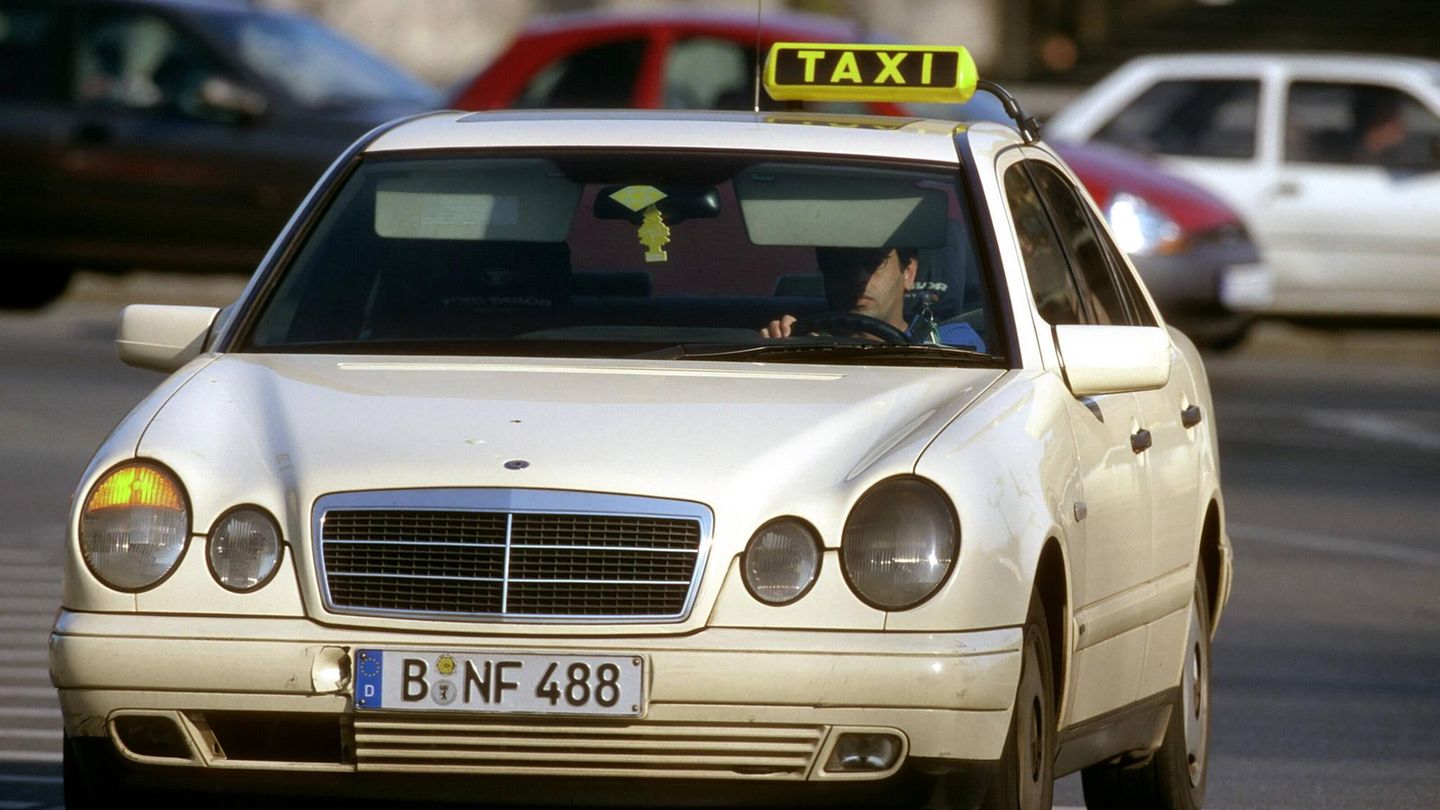Once seen everywhere, now an endangered species: only one in ten taxis is a Mercedes. There were 71 percent fewer admissions this year. What’s going on there?
Anyone who hears the word “taxi” immediately thinks of a Mercedes in cream white. Those in the know know that the model is the E-Class and the color is called “light ivory”. This look shaped the image of major German cities for decades. In the past, every second taxi was a Mercedes.
This is now over, according to current figures from the market research company Dataforce. From January to August 2024, only 127 E-Class vehicles were newly registered as taxis in Germany, as the “Handelsblatt” first reported.
At the beginning of this year there were still 1,730 Mercedes taxis on German roads, but at the end of August there were only 497 vehicles – a drop of 71 percent. The car manufacturer’s market share in passenger transport falls to 13 percent. In 2019 it was 52 percent, last year it was 38 percent.
The reason for the decline lies with Mercedes
In fact, this development is wanted by Mercedes. In 2022, CEO Ola Källenius announced a new luxury strategy: Instead of going for mass, i.e. selling a lot of vehicles on which the profit margin is rather small, they wanted to focus on high-priced cars instead.
Rarities
Lots of love and craftsmanship: 10 fascinating luxury cars that are not (anymore) often available
As part of this new corporate course, Mercedes canceled a number of discounts and benefits for its former partners in the taxi industry last year. The company confirmed the connection to the “Handelsblatt”: “Mercedes-Benz is currently no longer offering taxi models ex works.” The business is no longer worthwhile.
The withdrawal of Mercedes should not be too painful for the German taxi industry. Even if taxis will no longer look the way many people know them, the industry’s sales have been increasing for years. In 2019 it was 4.86 billion euros and has increased every year since 2010.
Source: Stern




